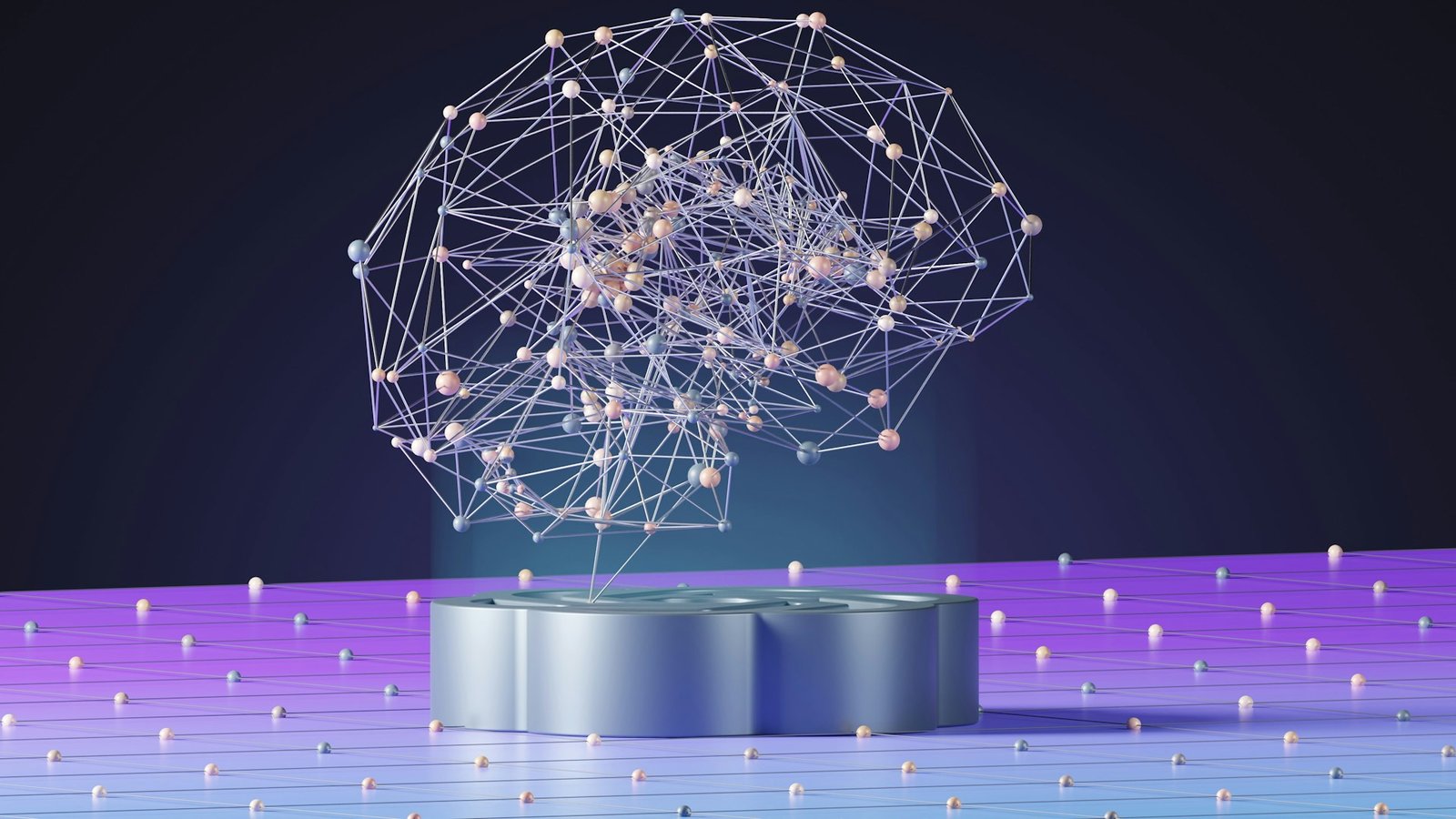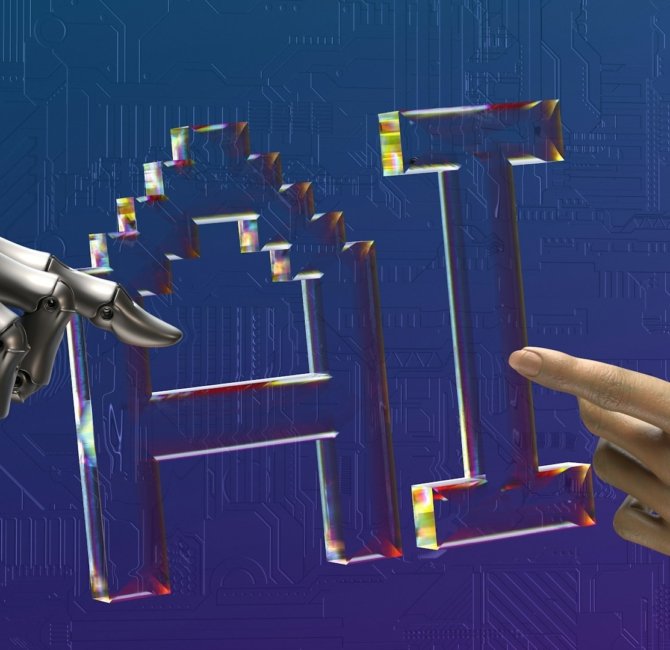20Views 0Comments

What Is Artificial Intelligence? A Beginner’s Guide to Understanding AI
Artificial Intelligence, or AI, is rapidly becoming one of the most transformative technologies of the 21st century. From voice assistants like Siri and Alexa to self-driving cars and personalized recommendations on Netflix, AI is all around us. But what exactly is artificial intelligence, and how does it work?
In this beginner-friendly guide, we’ll break down the concept of AI, how it’s used, and why it matters in today’s digital world.
Table of Contents
- What Is Artificial Intelligence?
- History of AI
- How Does AI Work?
- Types of AI
- Applications of AI in Daily Life
- Benefits of Artificial Intelligence
- Challenges and Concerns
- Future of AI
- Conclusion
- FAQs
What Is Artificial Intelligence?
Artificial Intelligence is a branch of computer science that focuses on building smart machines capable of performing tasks that typically require human intelligence. These tasks include problem-solving, learning, planning, understanding language, and recognizing patterns.
AI enables machines to think, learn, and adapt based on data, often improving performance over time.
History of AI
The idea of intelligent machines dates back to ancient myths and stories. However, modern AI research officially began in the 1950s. Here’s a quick timeline:
- 1950: Alan Turing proposes the Turing Test to evaluate machine intelligence.
- 1956: The term “Artificial Intelligence” is coined at the Dartmouth Conference.
- 1980s: Expert systems become popular.
- 2010s-Present: Massive breakthroughs in deep learning, natural language processing, and robotics.
How Does AI Work?
AI systems rely on a combination of:
- Data: AI learns from massive amounts of information.
- Algorithms: Mathematical models that process data and make decisions.
- Computing Power: High-speed hardware enables faster learning and problem-solving.
At the core of AI is machine learning, where computers learn from experience without being explicitly programmed.
Types of AI
There are generally three types of AI, categorized by their capabilities:
1. Narrow AI (Weak AI)
- Designed to perform a specific task.
- Examples: Chatbots, facial recognition, spam filters.
2. General AI (Strong AI)
- Has the ability to perform any intellectual task that a human can.
- Still in the research stage.
3. Superintelligent AI
- A hypothetical AI that surpasses human intelligence.
- Subject of philosophical and ethical debates.
Applications of AI in Daily Life
AI is already integrated into many aspects of our daily routines. Here are some common examples:
- Virtual Assistants (Siri, Google Assistant)
- Online Recommendations (Netflix, YouTube, Amazon)
- Autonomous Vehicles
- Smart Home Devices
- Customer Support Chatbots
- Healthcare Diagnostics
- Finance and Fraud Detection
Benefits of Artificial Intelligence
AI offers numerous advantages, including:
- Increased Efficiency: Automates repetitive tasks.
- Data Analysis: Processes big data faster than humans.
- Improved Accuracy: Especially in fields like healthcare and manufacturing.
- Personalization: Tailors content and services to individual users.
Challenges and Concerns
While AI has many benefits, there are also significant concerns:
- Job Displacement: Automation may replace human workers.
- Bias and Discrimination: AI can reflect and amplify societal biases.
- Privacy Issues: AI often relies on user data.
- Ethical Dilemmas: Who is responsible if AI makes a mistake?
Governments and organizations are working to establish ethical guidelines for the development and deployment of AI technologies.
Future of AI
The future of AI is both exciting and uncertain. Here are some potential developments:
- Smarter Personal Assistants
- AI in Education
- Fully Autonomous Vehicles
- Advanced Robotics
- AI-Generated Content and Creativity
As AI continues to evolve, it will likely redefine industries and reshape how we live, work, and interact.
Conclusion
Artificial Intelligence is not just a futuristic concept—it’s a part of our present and will undoubtedly shape our future. Whether you’re a tech enthusiast or just curious, understanding AI is essential in today’s digital age. As AI becomes more advanced, staying informed and aware of its capabilities, benefits, and risks is more important than ever.
FAQs
1. Is AI the same as robots?
No, AI is the intelligence software, while robots are machines that may or may not use AI to function.
2. Can AI think like humans?
Current AI can mimic human behavior in specific tasks but doesn’t truly “think” or possess consciousness.
3. Do I need to learn coding to understand AI?
Not necessarily. A basic understanding of data and algorithms helps, but there are many beginner-friendly resources available.
4. Will AI take over all jobs?
AI will automate some tasks, but it will also create new job opportunities in tech, ethics, management, and other areas.
5. How can I start learning AI?
You can begin with free online courses, YouTube tutorials, or platforms like Coursera, edX, and Khan Academy.


